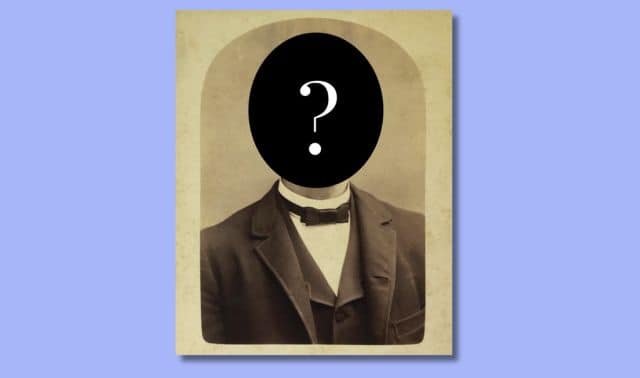Sign up for the Family Tree Newsletter Plus, you’ll receive our 10 Essential Genealogy Research Forms PDF as a special thank you!
Get Your Free Genealogy Forms
"*" indicates required fields
Q. I am a total novice as far as family trees go, and I need to know exactly what a “collateral relative” is.
A. A collateral relative is any relative who is not your ancestor.
You’ll sometimes see the words ancestor and relative used interchangeably, but they’re not the same thing: Ancestors are the people from whom you have descended; relatives are all the people to whom you’re related. So your ancestors are your parents, grandparents, great-grandparents, etc. and your collateral relatives are cousins, nieces, nephews, aunts, uncles, siblings, etc.
When you do your family history research, search for information on collateral relatives in addition to ancestors. You’ll find that collateral relatives’ records can provide clues that help you research your ancestors. For example, families often immigrated together, so if you can’t find your great-grandfather on a passenger list, search for his siblings and you could find your great-grandfather listed with them, his name badly misspelled.
A good resource on this subject is a book called Kinship: It’s All Relative by Jackie Smith Arnold (Genealogical Publishing Co.). Other helps for starting your genealogy research include the Family Tree University course First Steps: Discover Your Family Tree and the book Family History Detective: A Step-by-Step Guide to Investigating Your Family History (Family Tree Books) by Desmond Walls Allen.
ADVERTISEMENT




